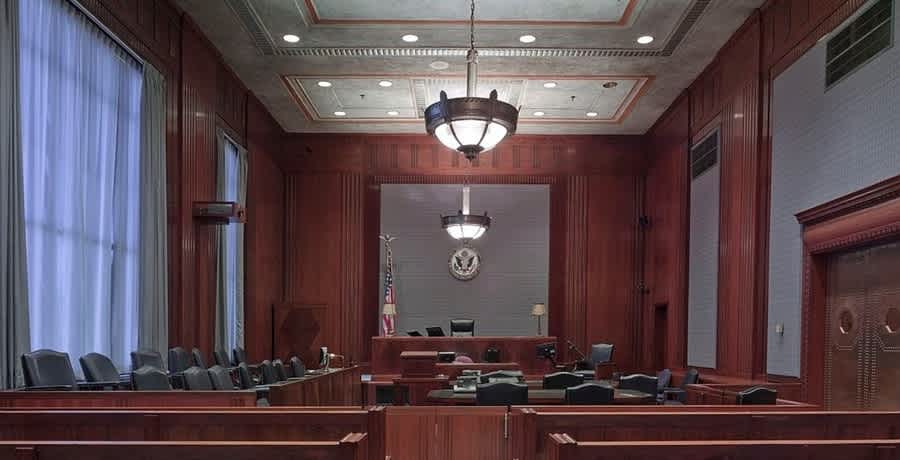Unified Patent Court Advantages Leave US Trailing Behind
Over the past decades, U.S. patent enforcement has been handicapped by inter partes review of issued patents, the weakening of injunctive remedies and other actions taken across the U.S. government. Conversely, in Europe the recent entry into force of the Unified Patent System (UPS) can benefit patent holders and add to Europe's attractiveness as a litigation venue. These are the main take-away points of the article “Unified Patent Court Advantages Leave US Trailing Behind” written by Vincent Angwenyi, Roberto Dini and Mario Franzosi, and recently published on Law 360°.
While the regional importance, and global trade flows, of knowledge-intensive industries remain robust, the EU and the U.S. have taken different approaches in enforcement of patents. This difference has an impact today on enforcement choices, in the midterm on investment and levels of innovation and ultimately on GDP and living standards.
Europe has moved ahead by taking one of the most consequential steps in relation to the protection and enforcement of patents. The establishment of the UPS aims to enhance cooperation between the participating member states by making available a European patent with unitary effect. It also sets up a Unified Patent Court (UPC) to improve the enforcement framework of patents and ensure expeditious and high-quality decisions.
The true value of the UPC lies in the ability to enforce European patents with unitary effect in a single court. This means that patent owners can obtain an injunction covering the territory of the participating member states, while of course taking the risk that the UPC may, conversely, take the decision, equally applicable across that territory, to revoke the patent. The ability to enforce patents in one court instead of several national courts in Europe will potentially result in significant cost savings compared to litigating in the U.S., thus making litigation before the UPC an attractive first choice for patent owners.
Compared to the evident progress in patent enforcement in Europe, patent owners in the United States have faced increasingly difficult challenges. In 2006, the Supreme Court's decision in eBay overturned the long-standing American rule that courts should issue permanent injunctions against patent infringement absent exceptional circumstances. In 2010, it took up a series of cases related to subject matter eligibility under Title 35 of the USC, Section 101, concluding with the landmark Alice in 2014. In 2017, in the TC Heartland decision, the court took aim also at venue, the location of the court of first instance where the patentee can sue for infringement.
The Supreme Court has not been alone in the United States in undercutting the value of patents and hobbling their enforcement. The legislative and executive branches also have taken actions adverse to patent rights. In 2011, Congress applied further pressure to patent owners with the passage of the Leahy-Smith America Invents Act. Among its provisions, it established a new post-grant validity challenge procedure, inter partes review. The procedure allows for the filing of a petition to challenge the prior art validity of any granted patent. The petitioner can be any party, though if the petitioner is the target of a patent infringement lawsuit, the petition must be filed within a year of service of the complaint. The petition is considered by the Patent Trial and Appeal Board (PTAB) and if the PTAB finds that the petition demonstrates a "reasonable likelihood" that the challenged claims are invalid, the review is initiated. By and large, inter partes review has been a powerful tool against patent owners. Since its inception, 53% of petitions resulted in at least some claims cancelled, amended or disclaimed, excluding settlements and procedural dismissals. Further, once instituted, just 10% of reviews terminated with all claims upheld as valid.
Perhaps most distressing for patents owners is the fact that an inter partes review can be instituted any time over the life of a patent. Thus, a patent owner gains very little certainty regarding the validity of the patent even after going through an exhaustive review process during the prosecution of the underlying application. This also undermines the authority of the USPTO when it grants a patent. Given the high invalidation rates at the PTAB, a decision to grant a U.S. patent by the patent office might be thought of as merely a provisional decision. Thus, with no time limitation, there is a considerable risk that an inter partes review might be filed, which represents a significant threat to the validity of the patent.
The above cases, statutes and executive actions outline the increasing challenges facing innovators in the U.S. The basis, means and forums within which a patent can be found invalid have increased. At the same time, the available remedies for patent infringement have decreased. Moreover, the treacherous path to enforcement of patent rights in the United States comes at a significant price, with attorney fees through trial averaging several million dollars.
It is not the intention of this article to paint the picture that the UPC does not have its disadvantages for innovators, including the uncertainty of a new system with untested value, the potential to have a central revocation, fragmentation of jurisprudence as well as having a multilayered legal structure in Europe. Rather it is to highlight how the UPC represents an effort to support innovators with an organized, cost-effective and meaningful path to enforcing IP rights, while suggesting that if the United States hopes to maintain its position as a leader in innovation, it may be wise to follow suit and reverse its present course.
Article written by Vincent Angwenyi, Roberto Dini and Mario Franzosi, and published on June 22, 2023 on Law 360°.
Photo of David Mark by Pixabay
